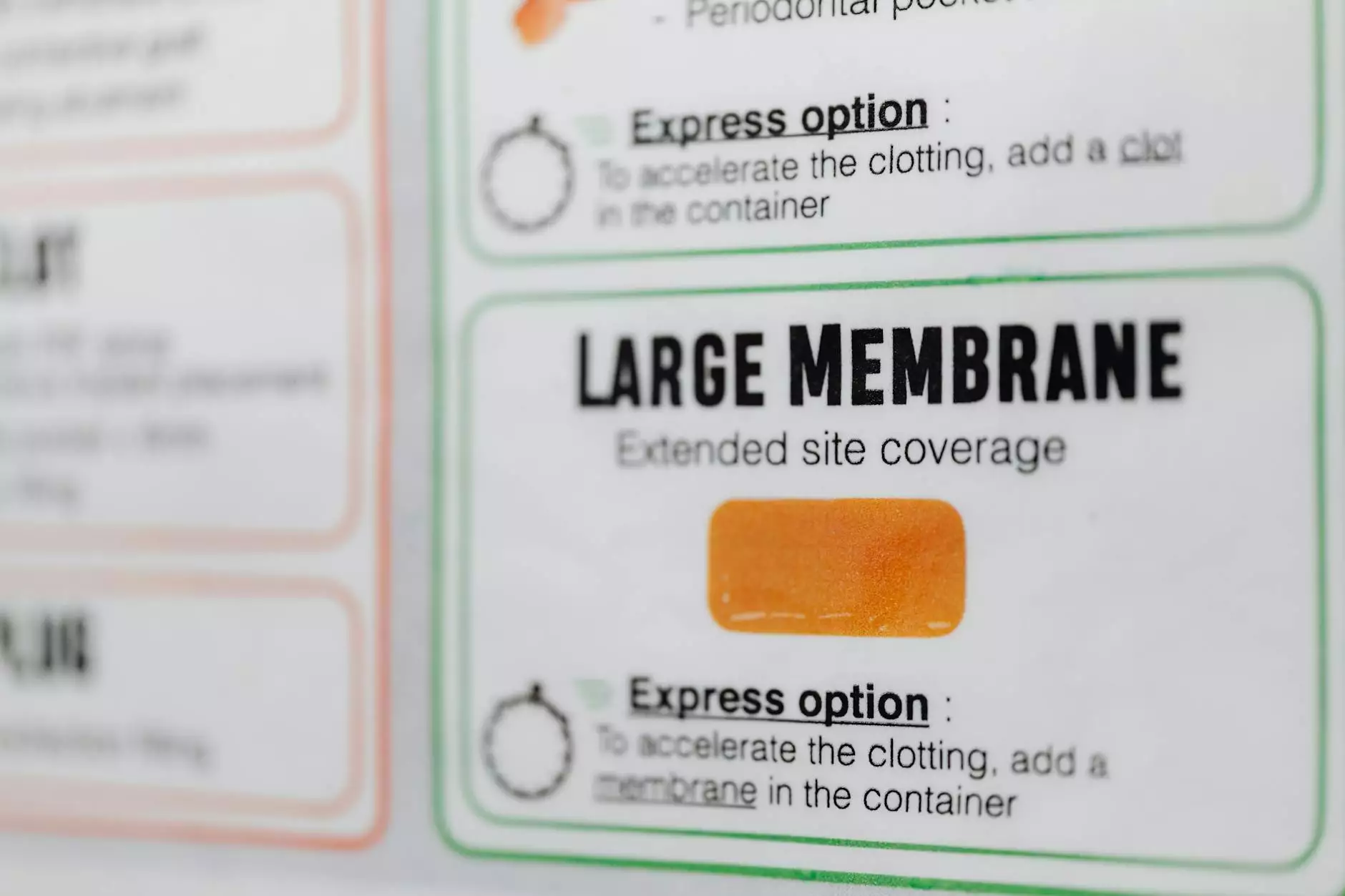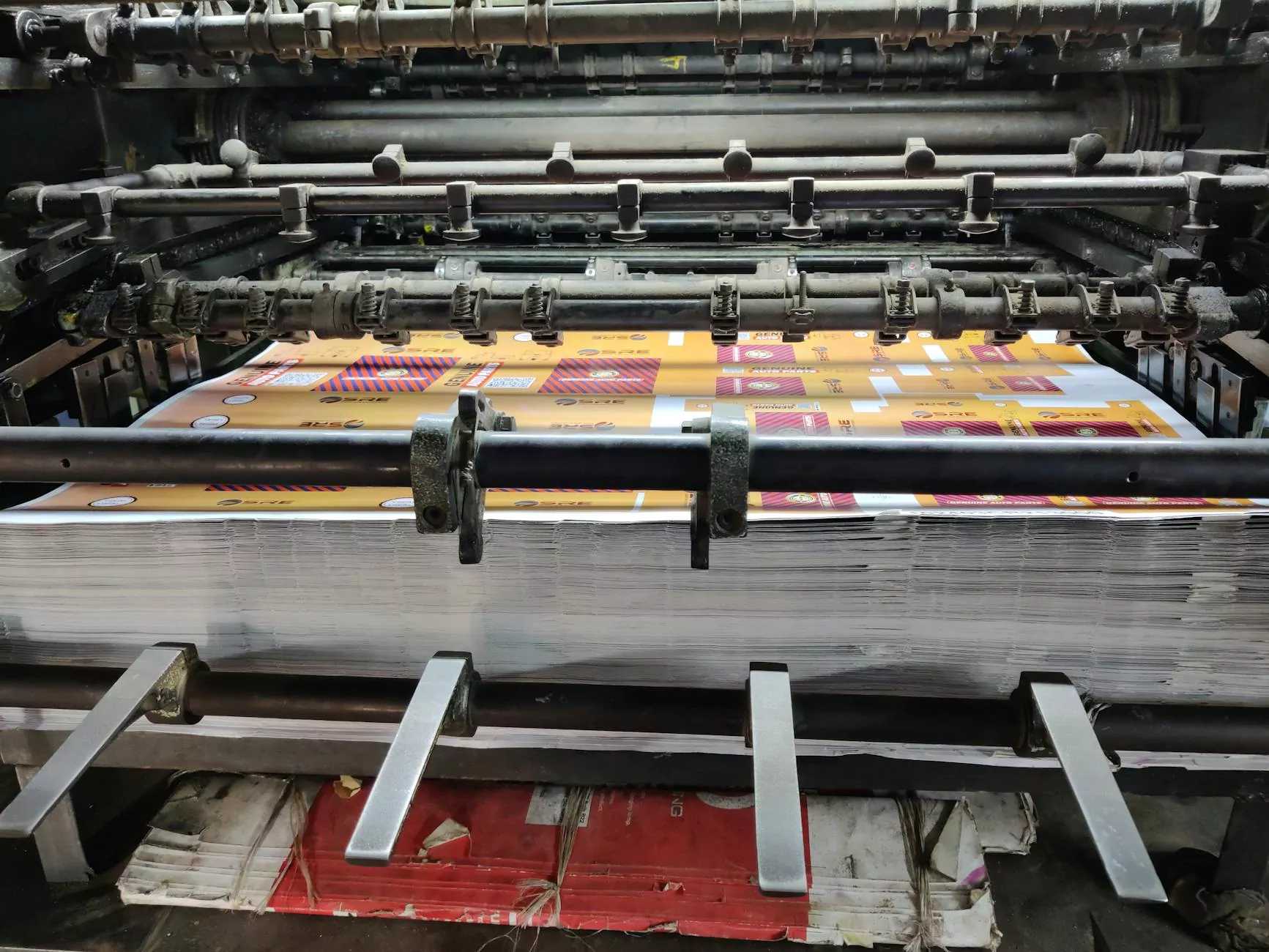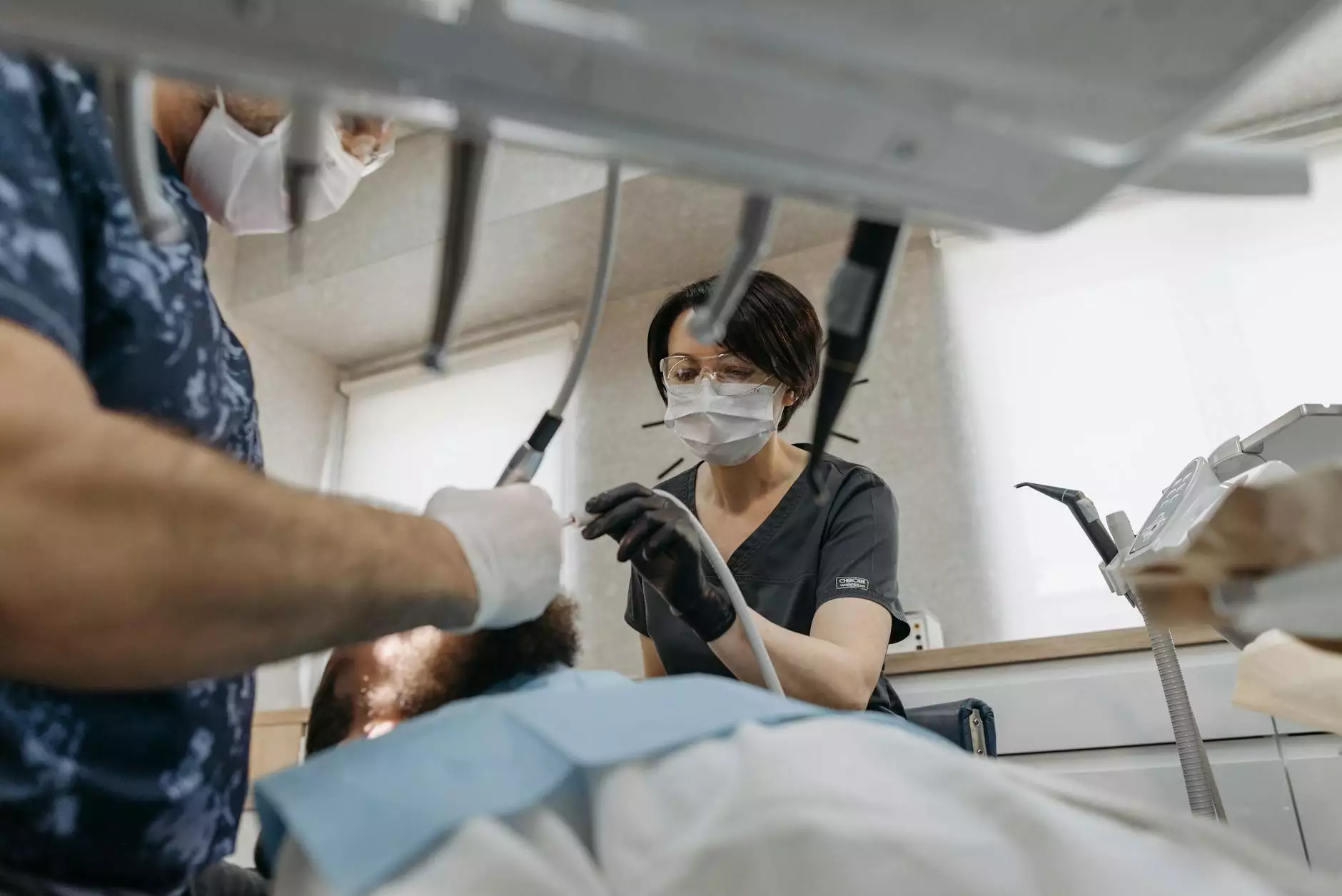Understanding the Signs of Blood Clot in Knee

Blood clots can pose serious health risks, especially when they develop in the veins of the leg. The signs of blood clot in knee can vary from mild discomfort to severe pain and swelling. In this article, we’ll delve deeper into what you need to know about blood clots, how to identify them, and the importance of seeking medical advice when symptoms arise.
What is a Blood Clot?
A blood clot, or thrombus, occurs when blood thickens and clumps together. While clots are a normal part of the body's healing process, they can also occur inappropriately, leading to dangerous conditions. Clots located in the veins of the legs can restrict blood flow and potentially dislodge, leading to life-threatening situations like a pulmonary embolism.
Signs and Symptoms of Blood Clot in Knee
Recognizing the signs of blood clot in knee is crucial for prompt medical intervention. Here are the most common symptoms to watch out for:
- Swelling: One of the most evident signs is swelling in the affected leg, particularly around the knee area.
- Pain: Severe pain in the knee or along the leg, which may feel similar to cramping or soreness.
- Warmth: The affected area may feel warmer to the touch than other parts of the leg.
- Red or Discolored Skin: The skin over the knee may appear red, blue, or discolored.
- Increased Size: The affected leg may appear larger compared to the other leg.
- Dilated Veins: Veins near the surface of the skin may become more prominent or swollen.
Causes of Blood Clots in the Knee
Several factors can contribute to the formation of blood clots in the knee area, including:
- Injury: Trauma or injury to the knee can lead to clot formation as the body responds to the injury.
- Prolonged Immobility: Staying in one position for extended periods, such as during long flights or bed rest, increases risk.
- Medical Conditions: Certain conditions such as cancer, obesity, and autoimmune disorders predispose individuals to clot formation.
- Hormonal Factors: Hormonal changes, particularly those related to pregnancy or birth control pills, can increase clotting risk.
- Age: Older adults are at higher risk due to decreased mobility and changes in blood flow.
Diagnosis of Blood Clots in the Knee
Diagnosing a blood clot requires a careful evaluation of the patient's symptoms and medical history. Here are the common diagnostic methods:
- Ultrasound: This is the most common technique used to visualize blood flow and detect clots.
- D-dimer Test: A blood test that measures the presence of fibrin degradation products, which can indicate clot formation.
- CT Scan: In certain cases, a computed tomography (CT) scan may be ordered to get a better picture of the blood vessels.
Treatment Options for Blood Clots in the Knee
Once diagnosed, treatment for blood clots in the knee aims to prevent the clot from growing and to reduce the risk of complications such as pulmonary embolism. Treatment options may include:
- Anticoagulants: Also known as blood thinners, these medications help prevent further clotting.
- Thrombolytics: In more severe cases, these drugs may be used to dissolve the blood clot quickly.
- Compression Stockings: These can help reduce swelling and improve blood flow in the legs.
- IVC Filters: In certain high-risk patients, filters may be placed in the inferior vena cava to prevent clots from traveling to the lungs.
When to Seek Medical Attention?
It is crucial to seek immediate medical attention if you notice any signs of blood clot in your knee, especially if you experience:
- Severe Pain: Particularly if it suddenly worsens or seems different from normal soreness.
- Sudden Swelling: If one leg suddenly swells more than the other.
- Difficulty Breathing: This can indicate that the clot has traveled to the lungs, requiring urgent care.
Prevention Strategies for Blood Clots
Preventing blood clots is important, especially for those at higher risk. Here are several preventive strategies to consider:
- Stay Active: Engaging in regular physical activity boosts circulation and prevents stagnation of blood.
- Hydration: Keeping hydrated can help maintain proper blood flow and reduce the risk of clots.
- Use Compression Stockings: Especially during long flights or periods of immobility.
- Avoid Prolonged Sitting: Take breaks to walk around during long journeys or work hours.
- Follow Medical Advice: Adhere to prescribed medications and follow your doctor’s recommendations, particularly if at higher risk.
Conclusion
Understanding the signs of blood clot in knee is essential for swift diagnosis and treatment. Blood clots can lead to serious health complications if not addressed promptly. If you or someone you know exhibits signs of a blood clot, do not hesitate to seek medical attention. Early intervention can save lives and prevent further complications. At Truffles Vein Specialists, we are dedicated to providing expert care for vascular health. Remember to prioritize your health by staying informed, active, and in tune with your body.









